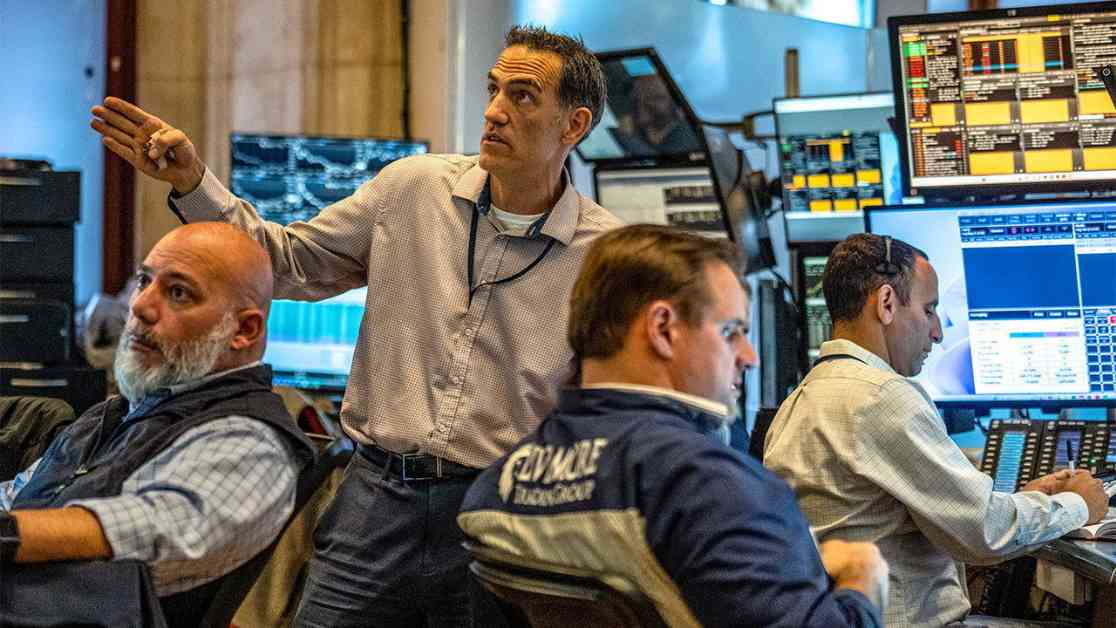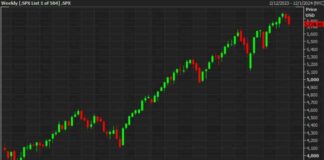The recent downturn in American and Japanese stock markets has sent shockwaves through global financial markets. Just a few weeks ago, stock markets seemed to be reaching new heights, with record-breaking highs becoming the norm. However, the situation has drastically changed, with the Nasdaq 100 index in the US, which is heavily influenced by tech giants, plummeting by over 10% since mid-July. In Japan, the Topix index has also experienced significant losses, dropping by 6% in just one day on August 2nd, marking its worst performance since 2016. This decline follows a 3% drop on August 1st, resulting in the worst two-day streak since 2011. While other markets have not been hit as hard, the sense of panic is palpable across the board.
The fear and uncertainty gripping global markets are evident in the soaring VIX index, also known as Wall Street’s “fear gauge.” This index measures expected volatility based on the prices traders are willing to pay to protect themselves from market fluctuations. The VIX index has surged to levels not seen since America’s regional-banking crisis last year, indicating a high level of fear and anxiety among investors.
This sudden shift in market sentiment can be attributed to a variety of factors. One of the key drivers of this downturn is the escalating trade tensions between the US and China, two of the world’s largest economies. The tit-for-tat tariff announcements and retaliatory measures have created a cloud of uncertainty that is casting a shadow over global economic growth. The fear of a full-blown trade war is causing investors to reassess their risk exposure and adjust their investment strategies accordingly.
In addition to trade tensions, other geopolitical risks, such as the ongoing political turmoil in various regions, are also contributing to the unease in financial markets. The unpredictability of geopolitical events and their potential impact on economic stability are causing investors to flee riskier assets and seek safe havens such as gold. This flight to safety has driven up the price of gold, which is often seen as a hedge against market volatility.
Central banks around the world are closely monitoring the situation and are prepared to take action to stabilize markets if necessary. The US Federal Reserve, in particular, is under pressure to reassess its monetary policy stance in light of the recent market turmoil. Investors are eagerly awaiting the Fed’s next move and are hoping for signals of support to calm market jitters.
While the current market environment is characterized by fear and uncertainty, it is important for investors to remain calm and focused on their long-term investment objectives. Market fluctuations are a normal part of the investment landscape, and staying disciplined during turbulent times is crucial for long-term success. By diversifying their portfolios, staying informed about market developments, and seeking professional advice, investors can navigate the current market challenges and position themselves for future growth.

















